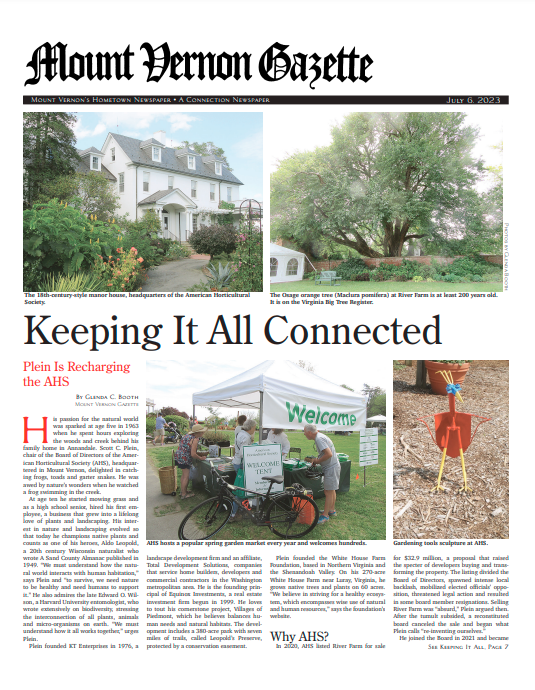Make 2024 Your Year to Explore the World’s Top Gardens
Register for your 2024 AHS Travel Study destination now! The upcoming year promises jet-setting to some of the world’s most amazing gardens. Whether you visit the luscious mountains of Scotland, beautifully manicured gardens of France, the seaside landscapes of Portugal or set sail to explore the flora and fauna of the Caribbean, our programs are designed for garden enthusiasts who love to explore horticultural wonders around the world. Joining an AHS Travel Study program offers an opportunity to travel deeper and connect with fellow AHS members, horticultural experts, and passionate garden hosts.
At AHS Travel Study, ensuring the health and safety of our guests is our top priority. New this year, we have added Health & Safety Information and Travel Study Activity Level Descriptions for each destination. We have also vetted a Flight and Travel Arrangement Service and Travel Insurance Provider to simplify the booking process and help put our guests at ease.
Your participation in an AHS Travel Study program supports the AHS’s nonprofit work to increase knowledge among gardeners, inspire passion for plants and the natural world, and encourage responsible stewardship of the earth.
Space is limited and our travel programs often sell out, so reserve your spot today! Read more.

Natural Wonders of the Caribbean with AHS Expert and Host Holly H. Shimizu
January 28 to February 5, 2024
Take an unforgettable journey in the heart of the most enchanting islands in the Caribbean Sea aboard Le Bellot, including Dominica, Saint Vincent and the Grenadines, and Barbados, and explore breathtaking island flora and fauna. This nine-day getaway features thoughtfully planned excursions focused on Caribbean gardens and the natural world. Read the program brochure here.

Blooming Paradise: Gardens of Northern Portugal and the Azores with AHS Hosts Christine and Tim Conlon
March 14 to 23, 2024; Post-trip extension to Madeira: March 23 to 27, 2024
Join us for a captivating journey through some of Portugal’s most enchanting landscapes, featuring the vibrant city of Porto, picturesque São Miguel Island in the Azores, and the coastal gem of Lisbon. We’ll discover the unrivaled splendor of Portugal’s finest camellias. We will also be offering an optional post-trip extension to the paradise island of Madeira, offering breathtaking landscapes and lush botanical gardens. Read the program brochure here.
Treasures of Japan: Gardens, Art, and Architecture with AHS Host Holly H. Shimizu
May 11 to 21, 2024 – SOLD OUT
At its core, Japan is a place of tranquility and spirituality, where nature’s beauty remains abundant and unspoiled. Tour the Land of the Rising Sun via a beautifully appointed small ship and experience some of the most serene and breathtaking gardens in the world. This Travel Study program is sold out. Please contact the AHS Travel Study department at travel@ahsgardening.org or (703) 768-5700 ext. 117, to inquire about future AHS Travel Study programs to Japan.

Gardens of Grandeur: Châteaux and Gardens of the Loire Valley and Versailles with AHS Host Laura Dowling
June 1 to 10, 2024
A once-in-a-lifetime exploration of the Loire Valley and Versailles, featuring the awe-inspiring gardens of royal châteaux including Chenonceau, Villandry, and Chambord. We’ll delight in the hidden gems of private gardens, accompanied by their passionate owners, and immerse ourselves in the grandeur of Château du Lude’s Fête des Jardiniers, with Versailles as the magnificent grand finale. Read the program brochure here.

Secrets of the Scottish Highlands: From Castle Grounds to Highland Glens with AHS Host Katie Tukey
June 12 to 20, 2024
Join us for an extraordinary expedition through the unspoiled landscapes of Scotland’s Grampian Mountains and The Highlands, beginning with a visit to the vibrant city of Edinburgh and the hidden gems of Fife’s secret gardens. We’ll explore some of the Highlands’ finest gardens and conclude our journey on the picturesque shores of Loch Lomond. Read the program brochure here.

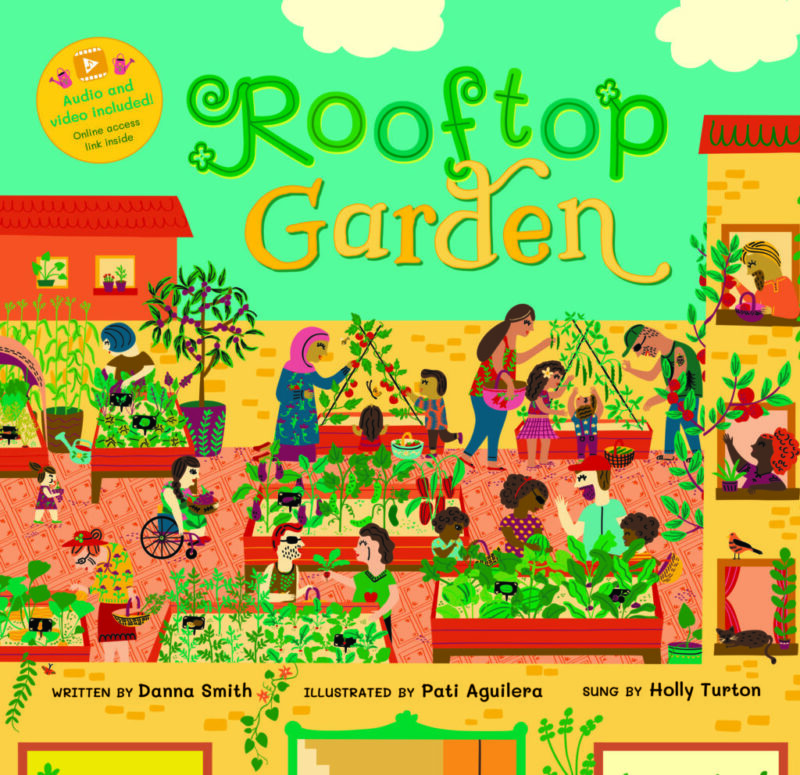



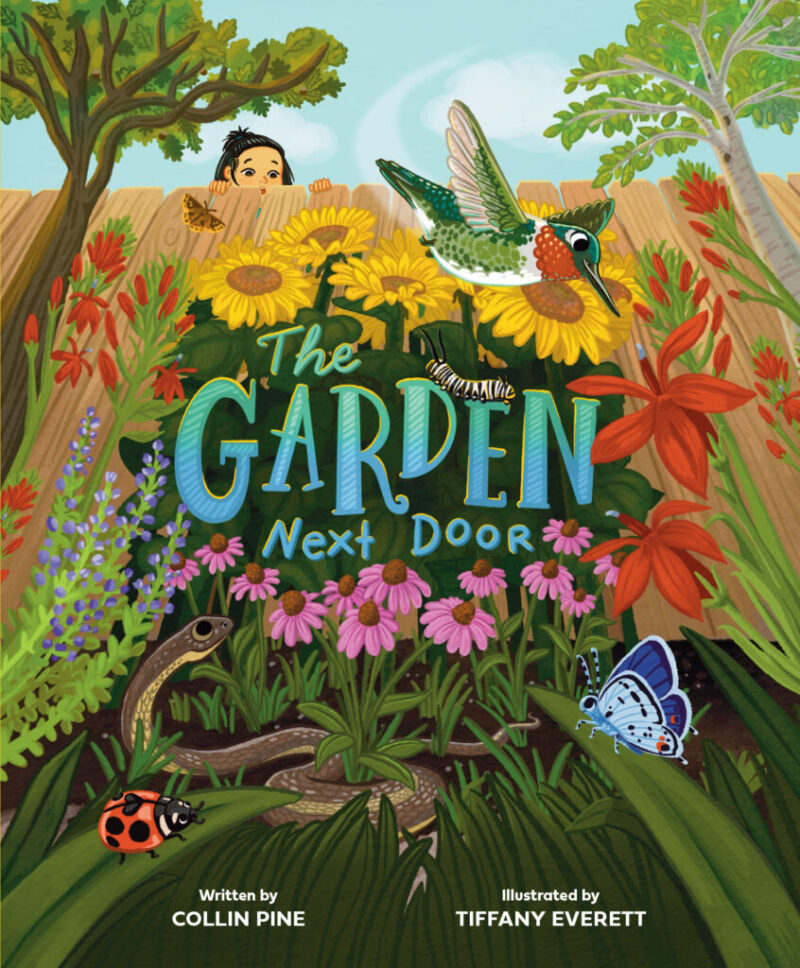
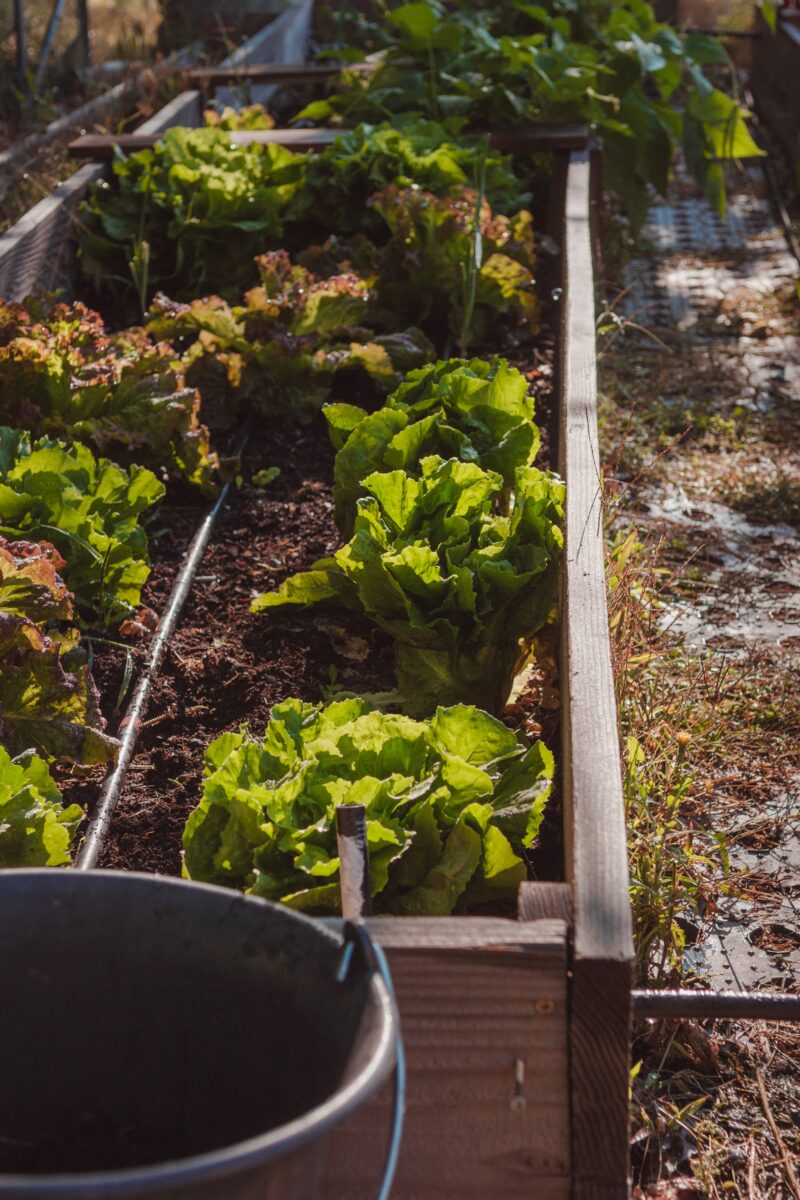
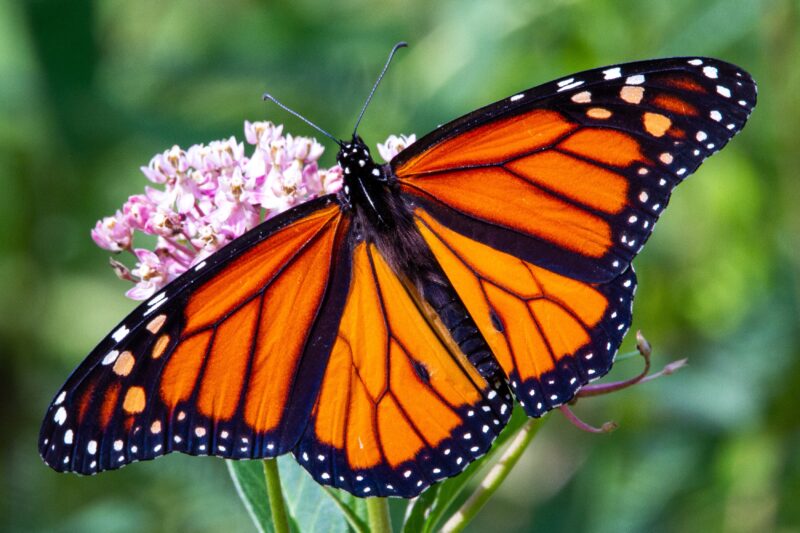

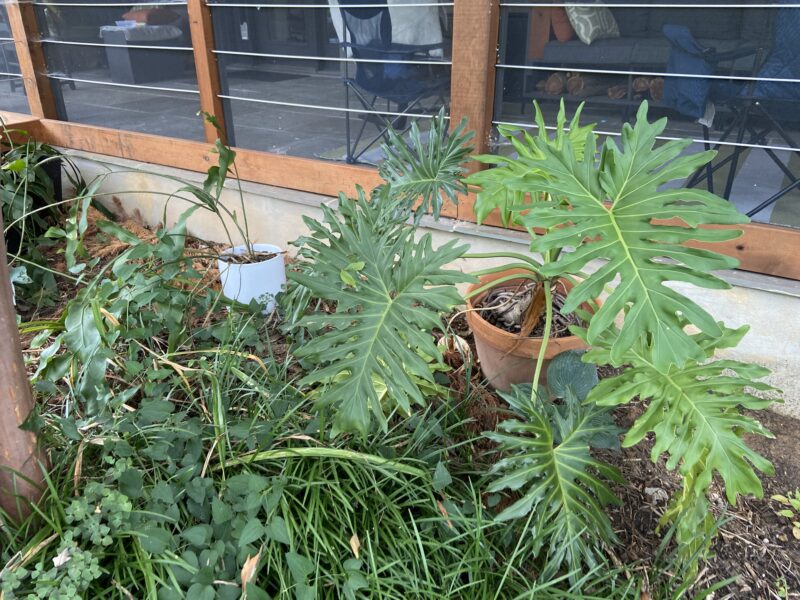
 The easiest way to learn unfamiliar herb flavors is to chop up some fresh herbs into either cream cheese or scrambled eggs. Both are relatively neutral flavors, which wil
The easiest way to learn unfamiliar herb flavors is to chop up some fresh herbs into either cream cheese or scrambled eggs. Both are relatively neutral flavors, which wil

